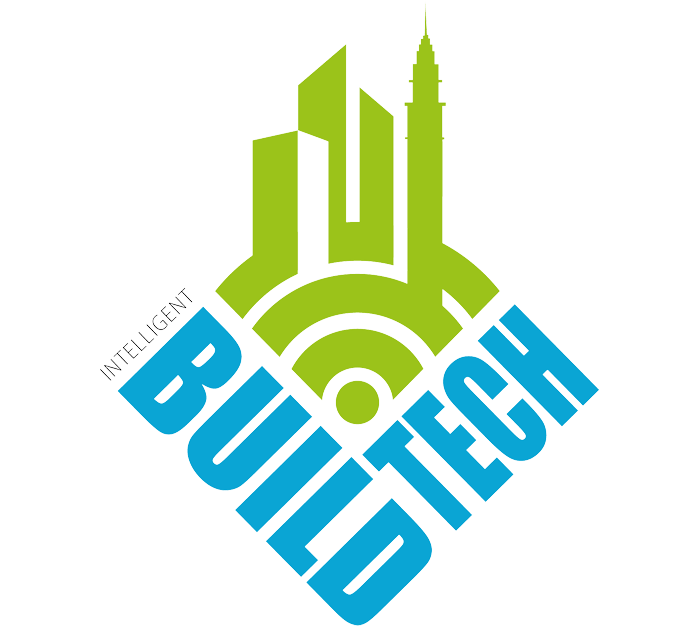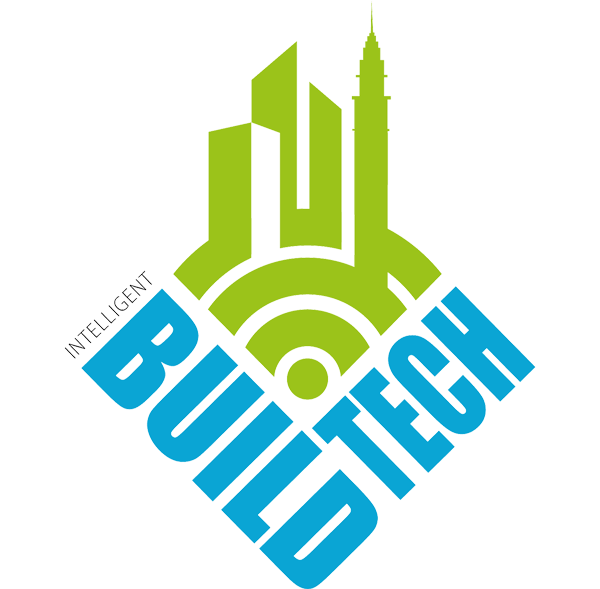Brendan Maree, Vice President and Country Manager for Australia and New Zealand, ProHance, says strategically aligning human resources with operational requirements will make your organisation more efficient.

Optimising productivity and containing outgoings across every area of operations have become pressing imperatives for Australian businesses of all stripes and sizes.
With costs rising and conditions lacklustre, finding ways to do more with less can help businesses maintain their profitability in challenging times.
Workforce scheduling and management is an area where many local organisations have room to improve and the gains can be significant when they do.
These umbrella terms refer to the process of monitoring resourcing requirements and assigning suitable workers to the tasks or shifts where the business needs them most. It can encompass everything from determining set working hours and staffing levels to the fair apportionment of shifts among workers and the provision of professional development and training.
Get it right and your business stands to realise a batch of benefits – think increased productivity, lower labour costs, improved customer service and less likelihood of falling foul of Australia’s complex array of industrial relations regulations.
Making change happen
Unfortunately, optimal workforce scheduling and management is rarely achieved by accident. Rather, you’ll need to develop and execute on a five-step strategy to overhaul your processes, practices and programs.
Conducting a workforce analysis is the first step. This entails evaluating your current staffing structure, the skill sets to which you have access and the availability of those employees throughout the week. During this process, you may identify some gaps between your operational requirements and the capability and capacity of your workforce to meet them.
Having determined the status quo, it’s time to start planning for the future. Analysing historic company data and examining industry trends will help you predict upcoming fluctuations in demand and workload. Armed with these insights, you’ll be able to adjust your staffing line-up and rosters to ensure you have access to sufficient resources during busy periods and fewer bodies on the books during the lulls.
Next, you’ll need to establish open channels of communication between managers and team members. Your aim should be to facilitate conversations about everything from shift preferences to skill development opportunities. Getting those exchanges happening is vital because they’ll help your business get from where it is now to where it needs to be one, two and five years hence.
Irrespective of the nature of your enterprise, a high calibre workforce is your biggest asset. Hence, your fourth step should be the establishment of an ongoing training and development program that enables your employees to enhance their capabilities and acquire the skills they need to help you drive the business forward.
Workforce management isn’t a set and forget exercise. It should be an ongoing process of improvement; one that draws on up to date data to inform decisions. That’s why your final step needs to be tracking and assessing the effectiveness of your strategies and actions on a regular basis.
Tools to make the task easy
While the benefits of improved workforce management are hard to dispute, it can be challenging to realise them without the right tools. We’re talking here of operations and enablement technology which allows you to empower and oversee a team of permanent and contingent workers.
Implementing an operations enablement and workforce platform will make it easy to examine your operations quickly and in real time. You’ll be able to conduct in-depth data analysis, chart your activity levels and extract actionable insights to help you optimise staffing and rostering.
If you opt for a solution that incorporates user-friendly, self-service capabilities, your employees will be able to help you make many elements of human resources management more efficient. Enabling them to swap shifts with suitably qualified co-workers and put themselves forward for unfilled slots, for example, can make the rostering process far more efficient.
Building a stronger future
In the current economic climate, Australian businesses are having to work harder than ever to remain viable. Getting smarter and more strategic about the way you manage your workforce will help your organisation become more productive, and with the right workforce management platform in place, the gains can be easy to achieve. It’s foundation technology that will help your business survive and thrive, today and tomorrow.




